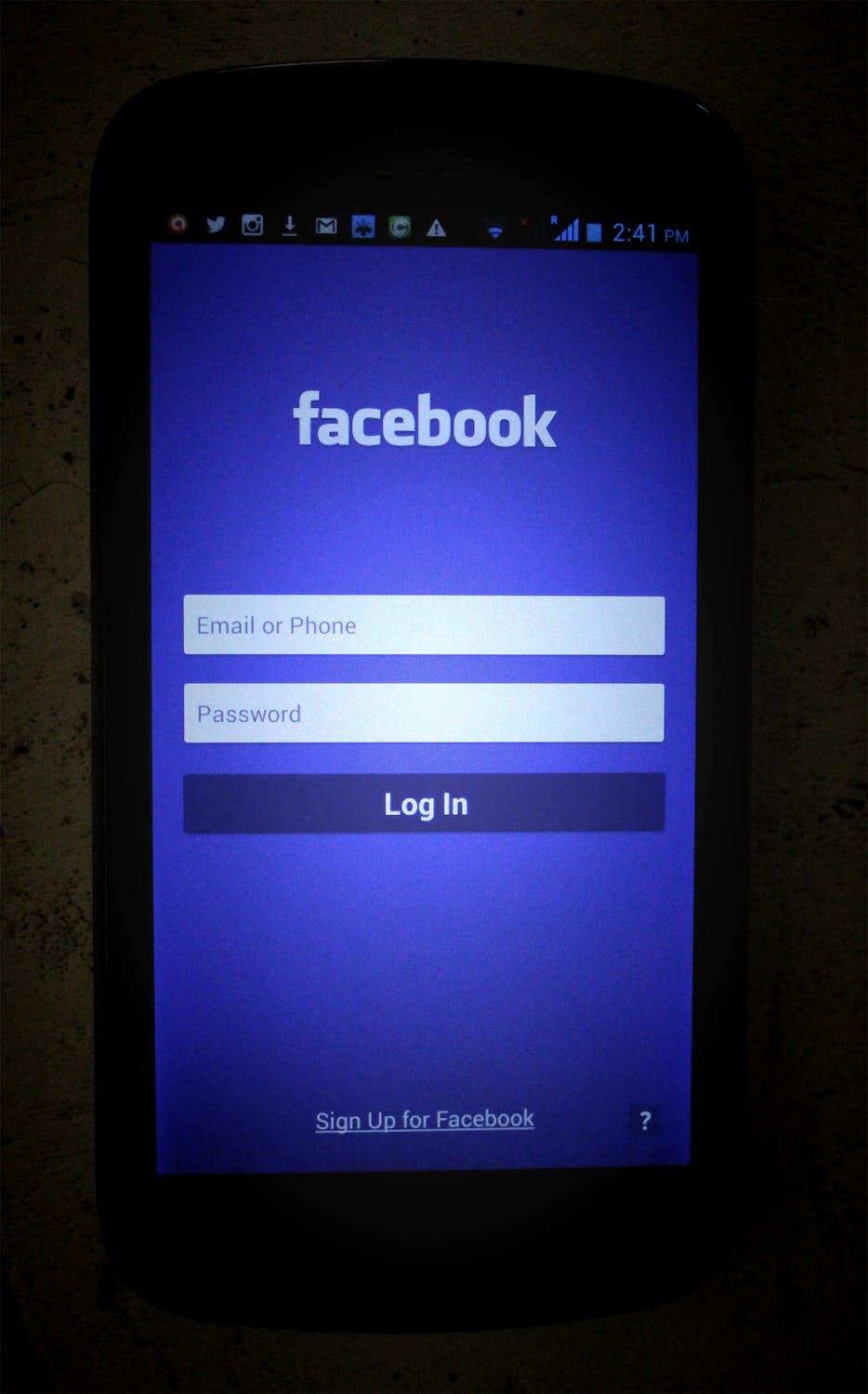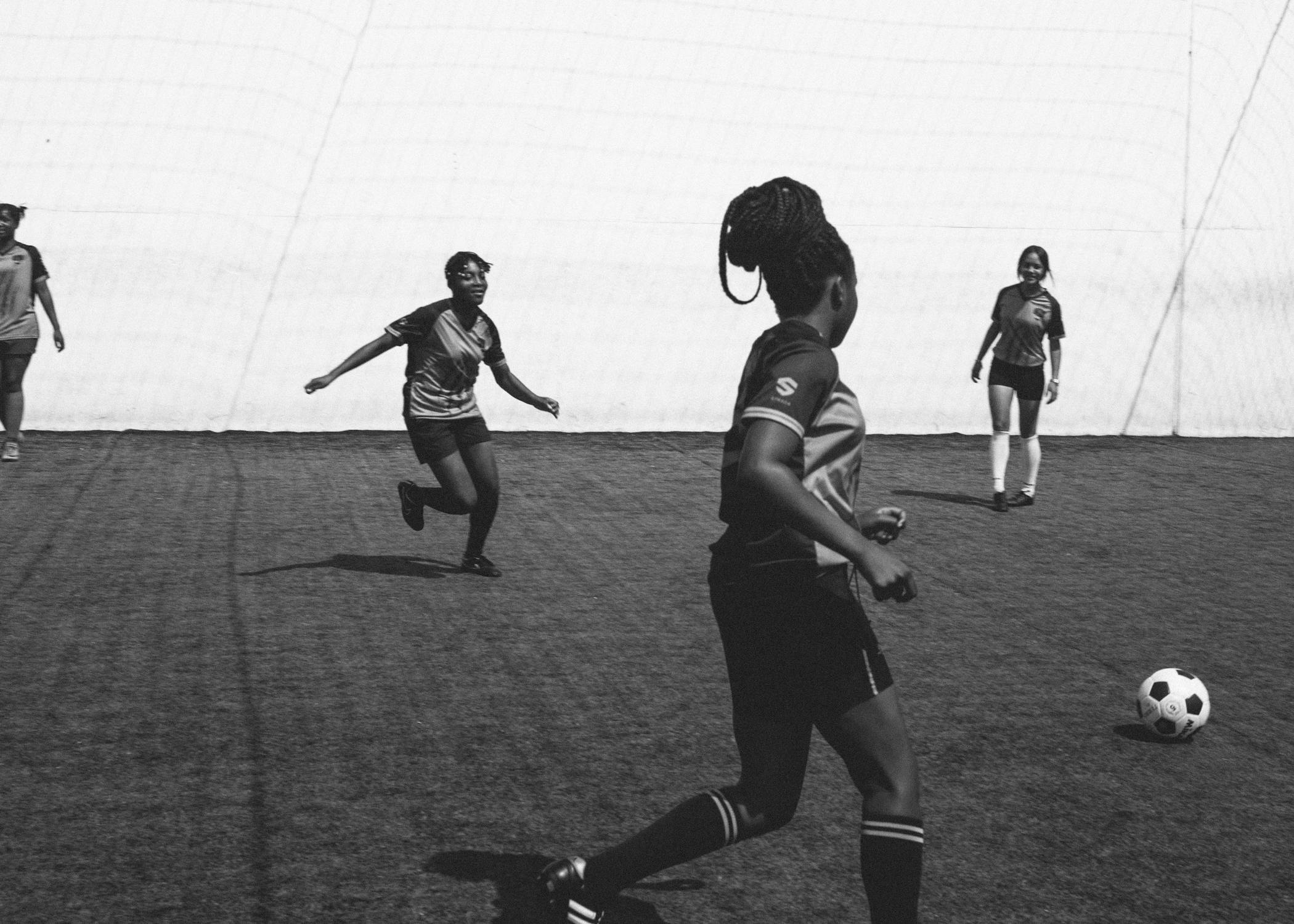The higher sound quality of this format was intended for music broadcasting in the 1960s.
Sixty years ago, the FCC approved FM stereo, initially targeting music broadcasts, but continues to watch sports talk broadcasts move into the band.
After two years of field testing, the FCC paved the way for a frequency-modulated stereo broadcast standard in April 1961, designating a launch at midnight local time on June 1 of that year. WGFM Cheboygan, MI turned on first, followed by EFM Chicago one hour later and KMLA Los Angeles two hours later. Today, over 10,000 FM radio stations broadcast in the United States.
The FM format was intended for music broadcasting and was crucial in the structural shift from the single-oriented AM format that started rock and roll to the LP heavy format that laid the foundation for the rock revolution.
However, sports and sports talk radio are not too late, especially as the music itself is moving to streaming and sports are increasingly embracing music, so they continue to move to the FM band.Following the success of Detroit’s WYXT-FM “97.1 The Ticket”, “ Home to the Tigers, Red Wings, Lions and Pistons games, in 2009 it became the only sports talk radio station to become the most acclaimed broadcaster on the market, doubling its network with FM. For example, CBS Radio o Established Sports Radio Station at FM Dial-in Dallas (105.3 fans); Boston (98.5 Sports Hub); Pittsburgh (93.7 The Fa)n); Washington DC (106.7 fans); Baltimore (105.7 fans); and Cleveland (92.3 The F)AN), In addition to the simultaneous broadcast of FiraDelphiaFormer WYSP heritage 610 WIP.
Other notable outlets include Clear Channel’s KFAN Minneapolis, GreaterMedia’s WPEN Pennsylvania, and DispatchMedia’s WBNS-FM Columbus, OH.
“Significant improvements in audio quality are the main benefits of FM providing sports and sports talk,” he said. Jay Tyler, Director, Sales, Wheatstone, He designed a radio studio for broadcasters Dan Patrick And WBZ FM / Sports Hub Boston. “There is also the fact that FM can also be stereo.”
Tyler also cites the ability of FM to generate subcarrier HD channels and divide the data stream into subchannels HD1, HD2, H3, etc., just as digital subchannels work through multiplex broadcasting on DTV. I will. Their audio quality is somewhat lower than pure FM stations, but they are good enough for sports talk. In March 2009, CBS Radio opened the first station with an HD4 subchannel equipped with a sports station. WJFK-FM Washington DC, sister sports business WJZ-FM Baltimore, WTEL and WIP Philadelphia, and WFAN New York.
by Bembrevins, Learnfield IMG College, Senior Director of Broadcasting TechnologyFM, a sports marketing company representing more than 200 US top university properties, including the NCAA and its 89 championships, enables the RDS / HD radio experience and includes visual information such as scores and statistics in the audio. can do. broadcast.
“We know how easy it is to do in digital space and can over-deliver it to FM partners on the ground,” he says, about delivering that kind of data to affiliates along with sponsor / subpoena items. .. “Better audio quality and supplemental content create a better user experience.”
Frequency modulation relies on subtle changes in the frequency of the RF signal to convert the code that the radio receiver converts to voice. The Amplitude Modulation (AM) format encodes sound in response to changes in signal strength or amplitude. Frequency modulation reproduces the original sound more accurately. Due to the nature of FM waves, the program is not interrupted when the receiver passes under a large object, such as when a car or radio is driving under a bridge or in a tunnel. ..
This technology dates back to 1933 by engineers. Edwin Howard Armstrong About 30 years after AM became the standard for early broadcasting technology, he invented frequency modulation.
In fact, the private radio itself has passed the mark of its own century almost as soon as the car entered the mass market stage with the Henry Ford Model T (November 2, 1920 was such a radio broadcast). It was the first mark). According to Nielsen, the nexus eventually brought riders and listeners together, ensuring that 93% of Americans would experience some kind of radio each week.
FM just made it sound better.
Source link Approved by the FCC 60 years ago, FM stereo is increasingly home to sports talk.







